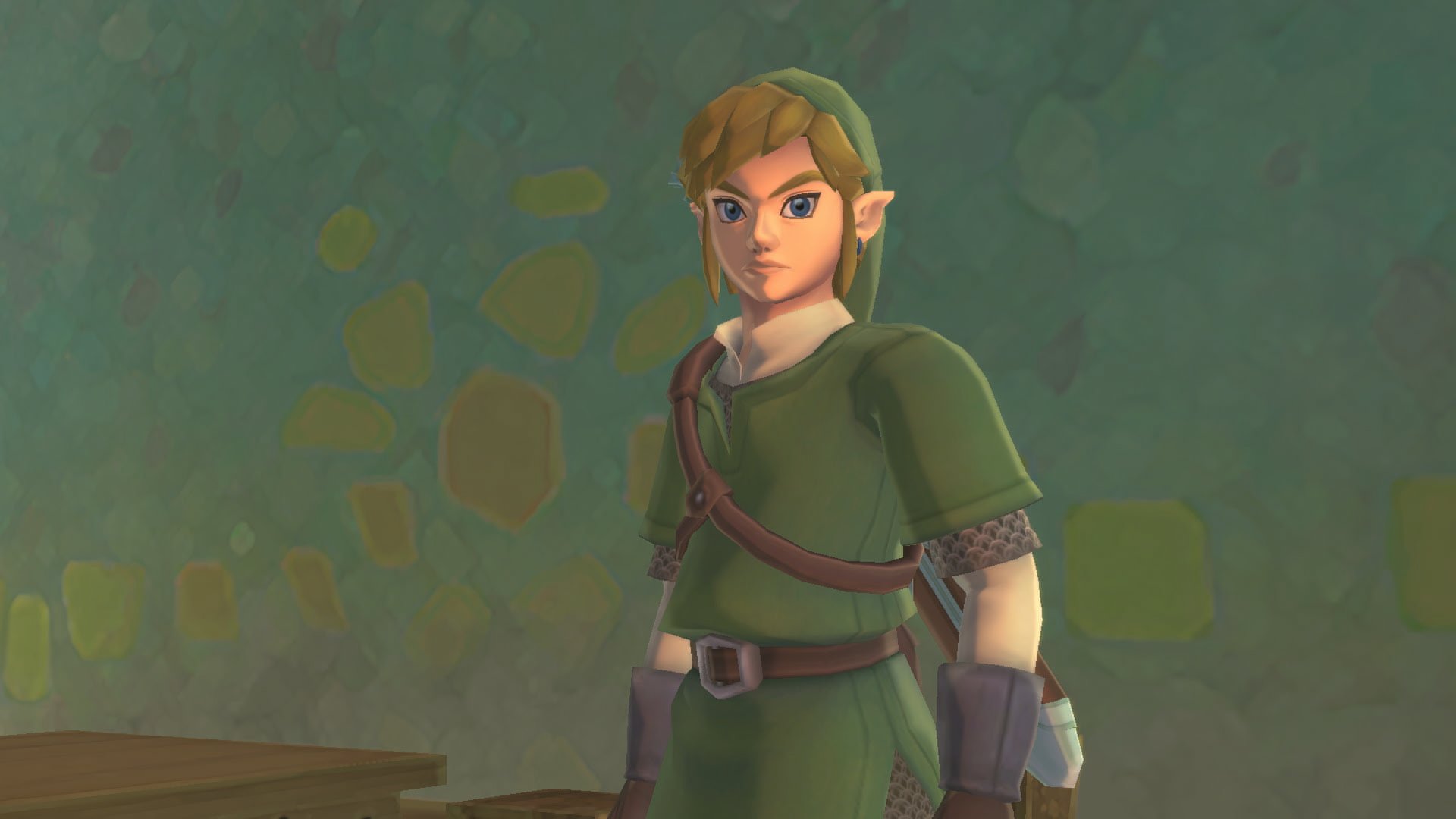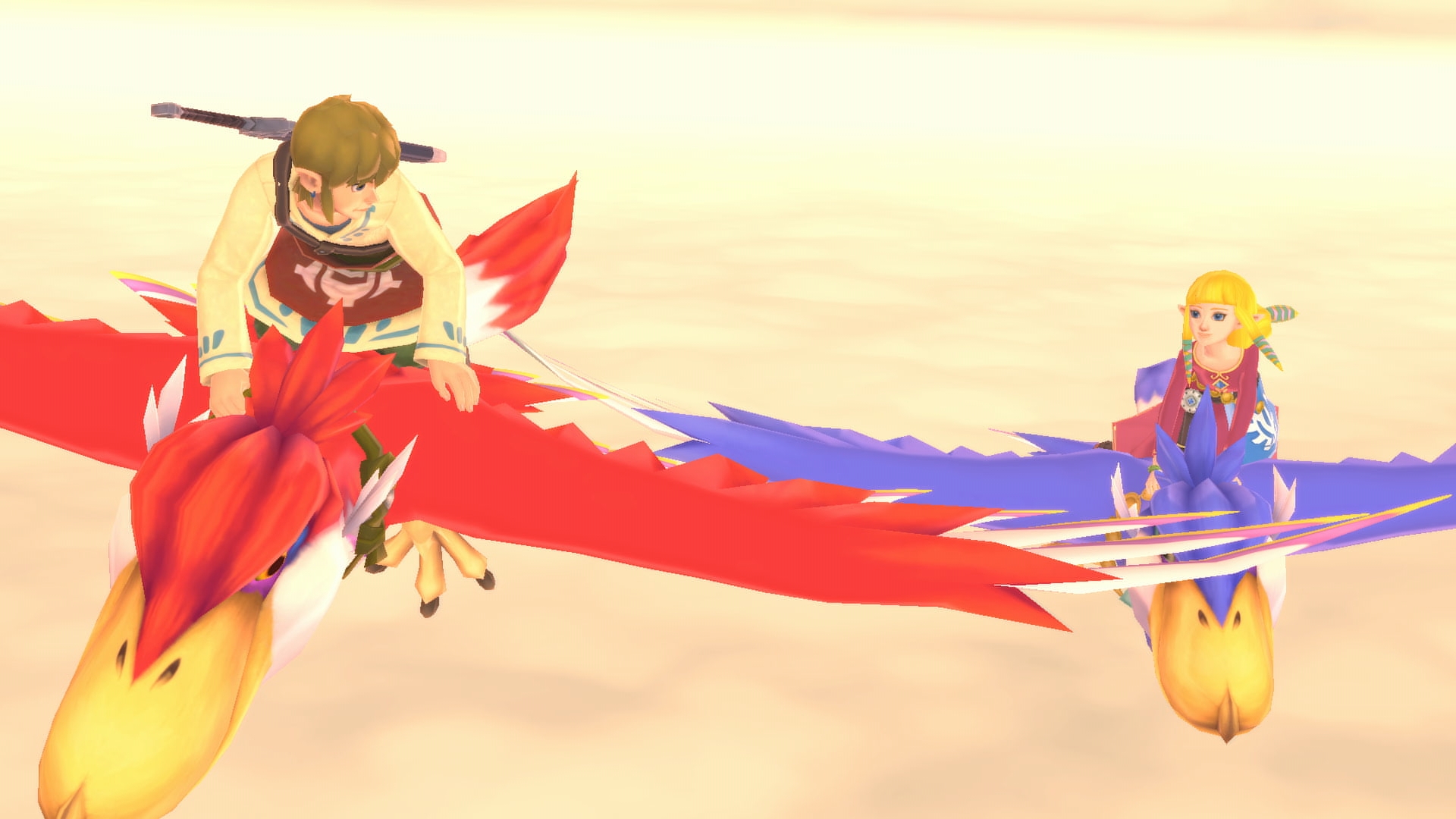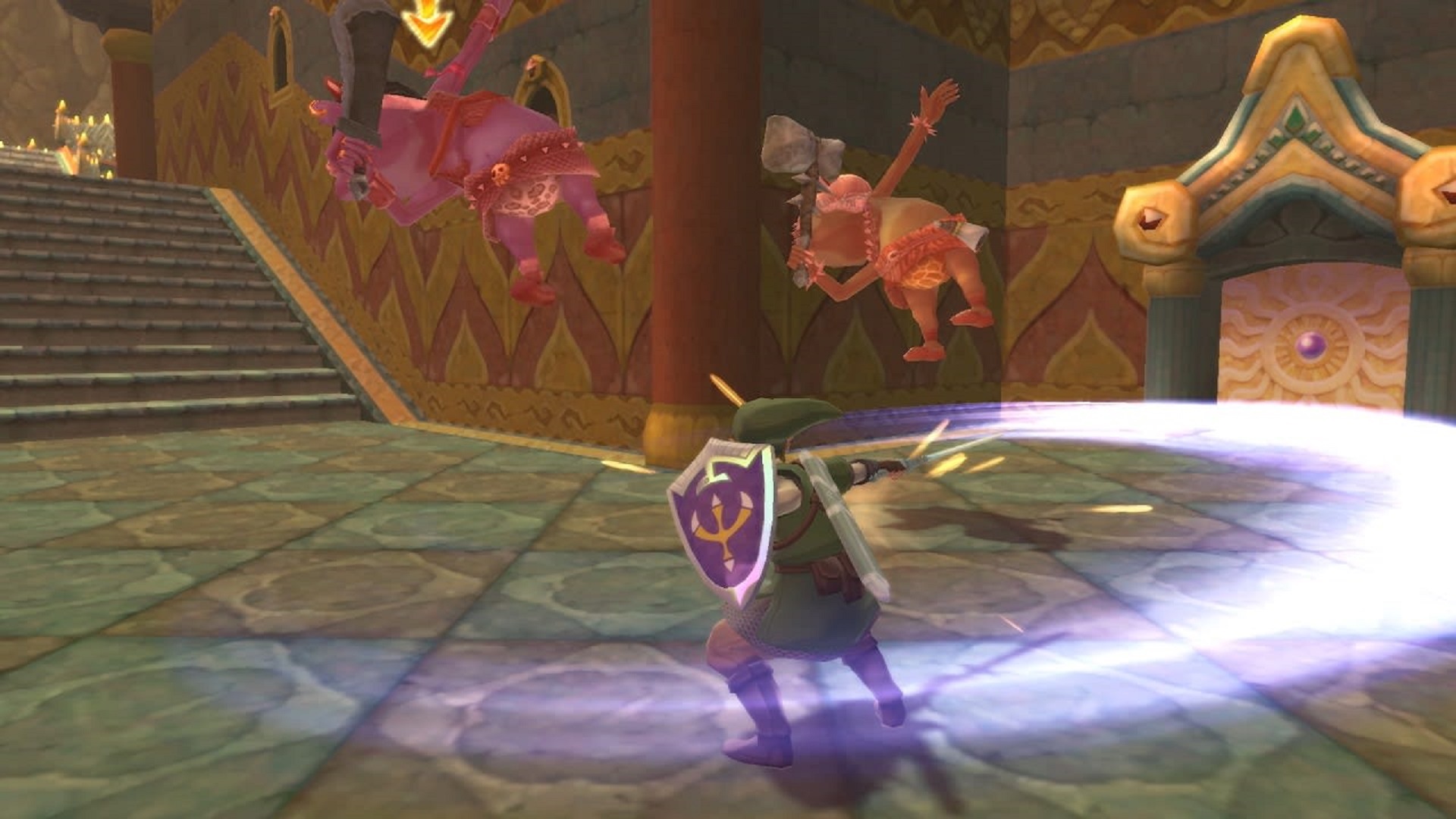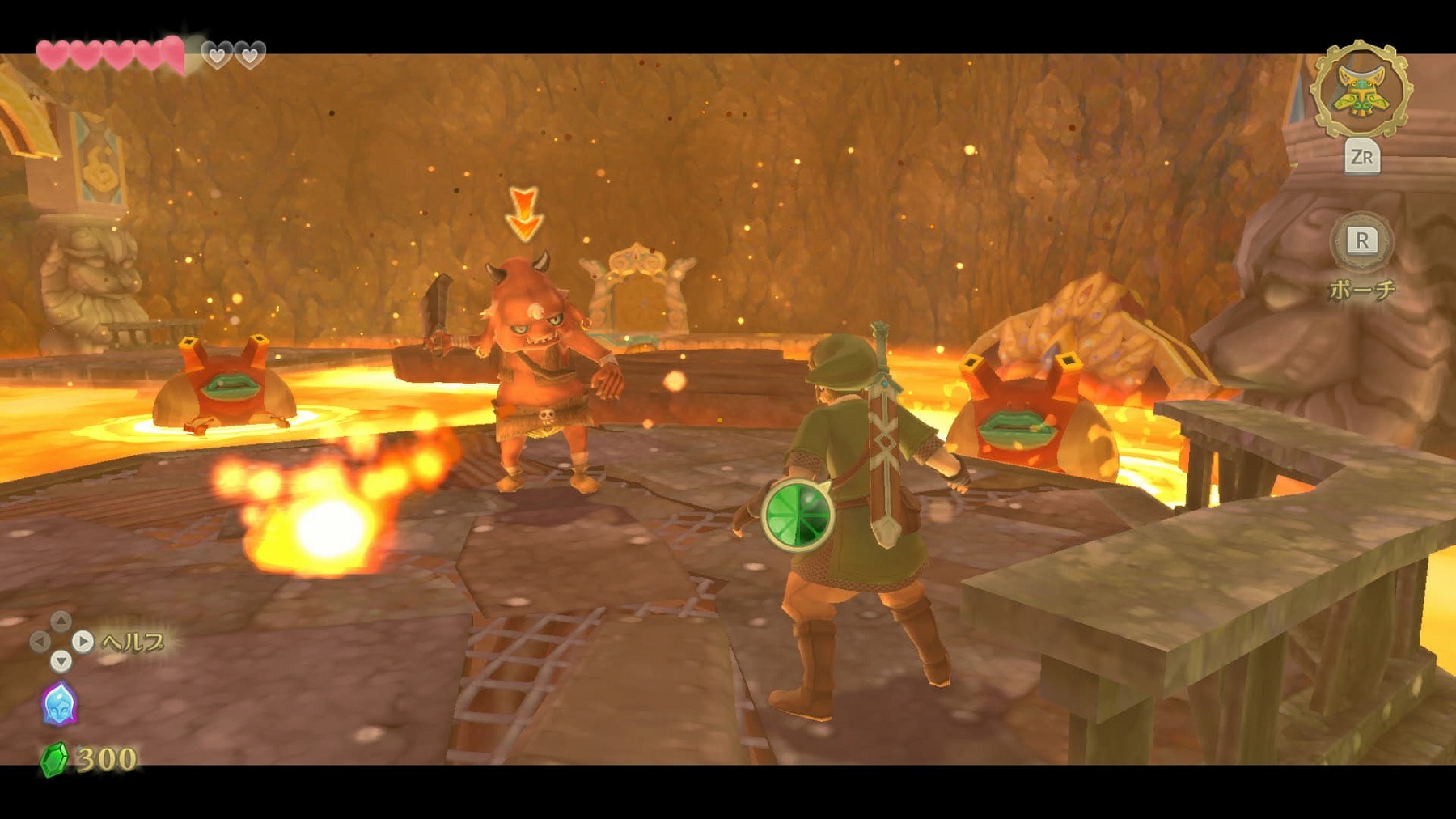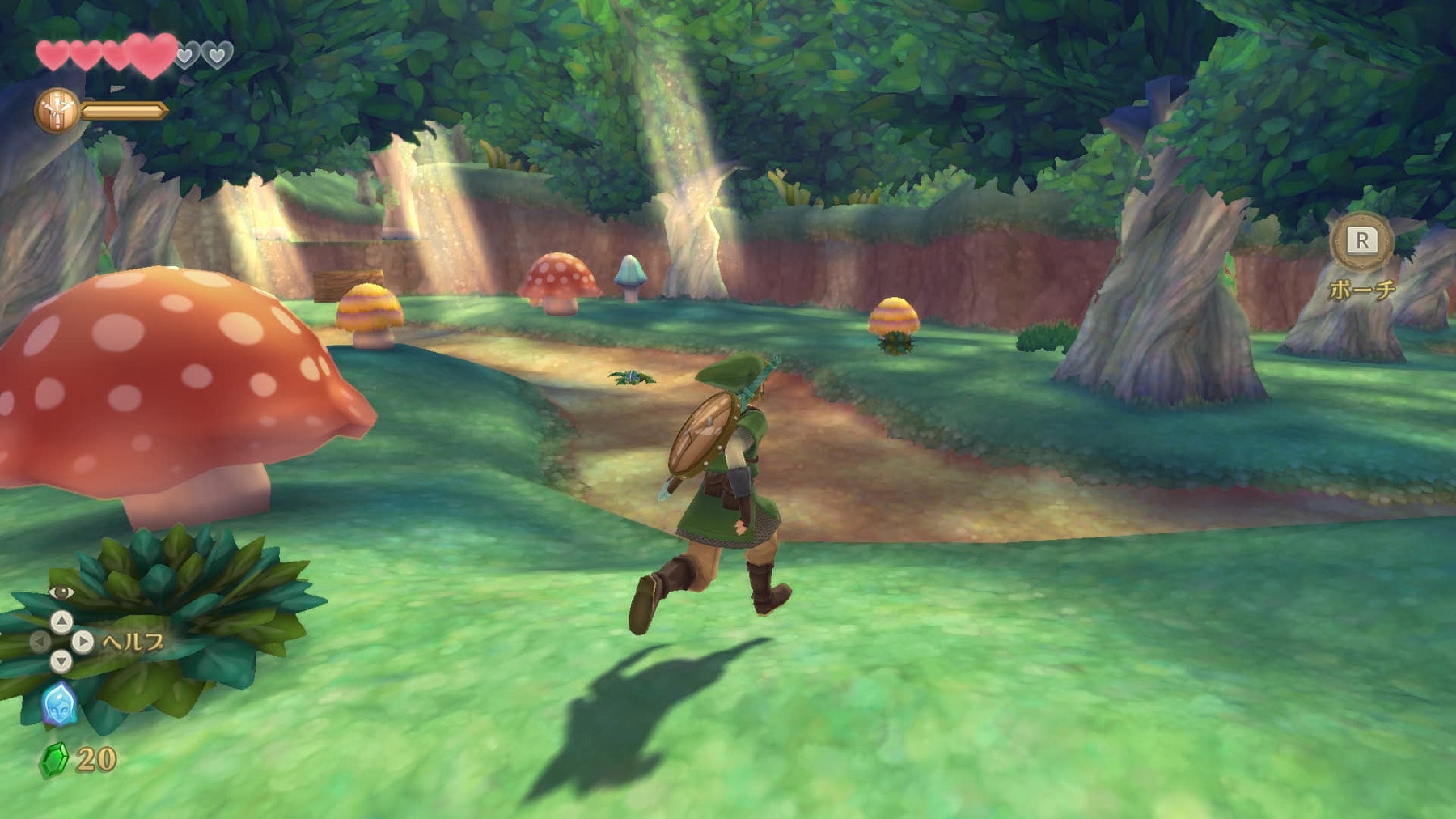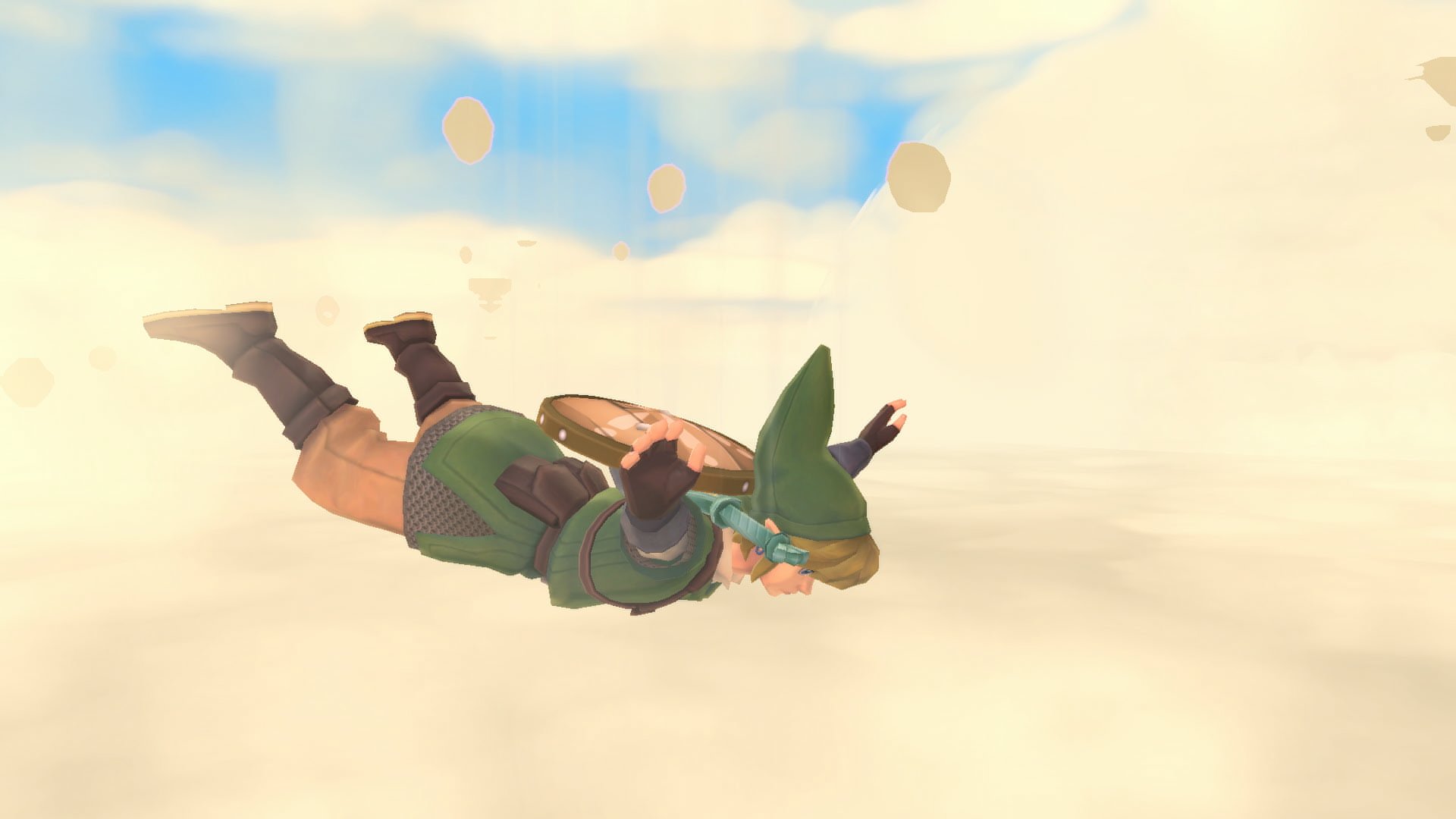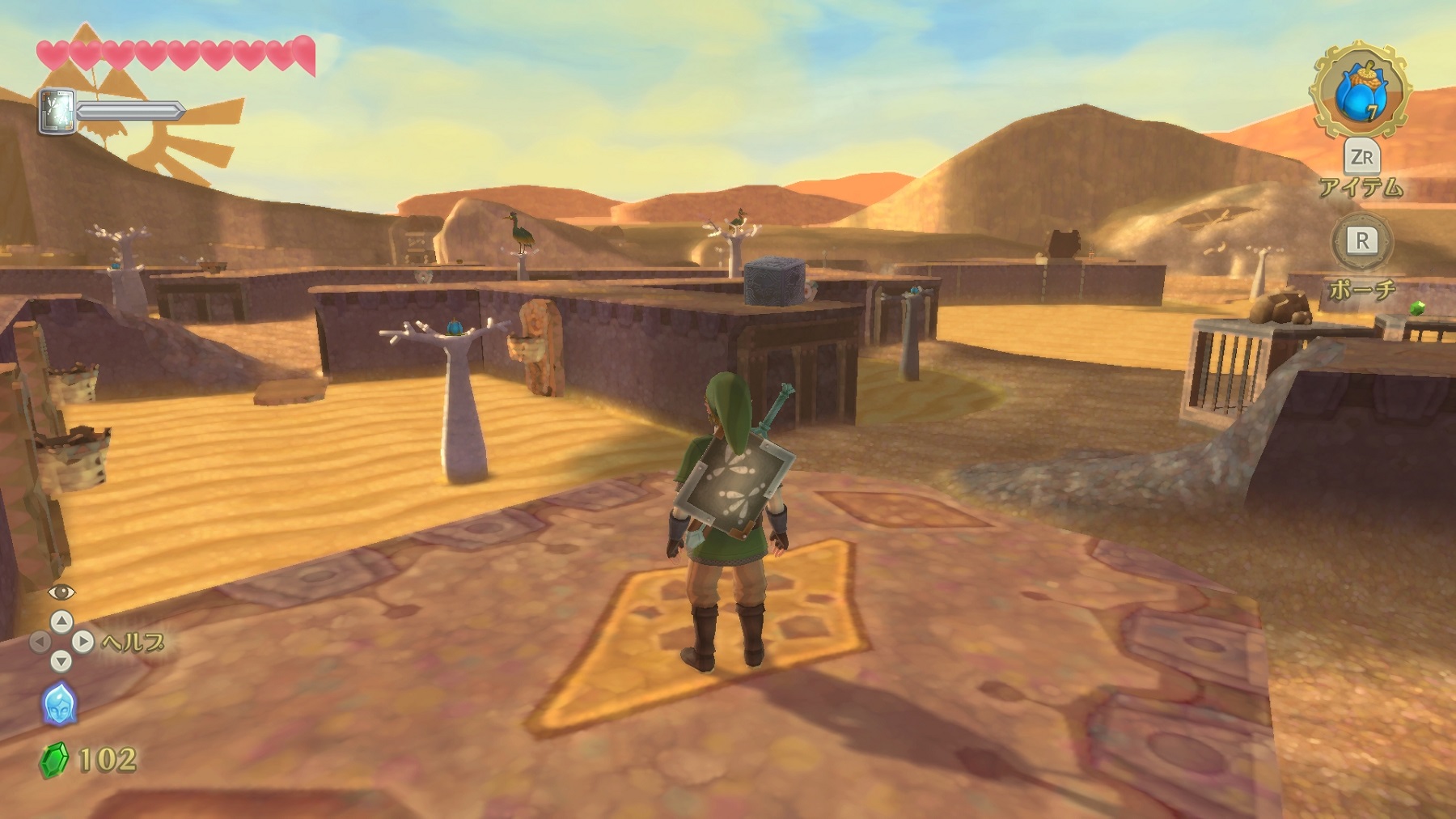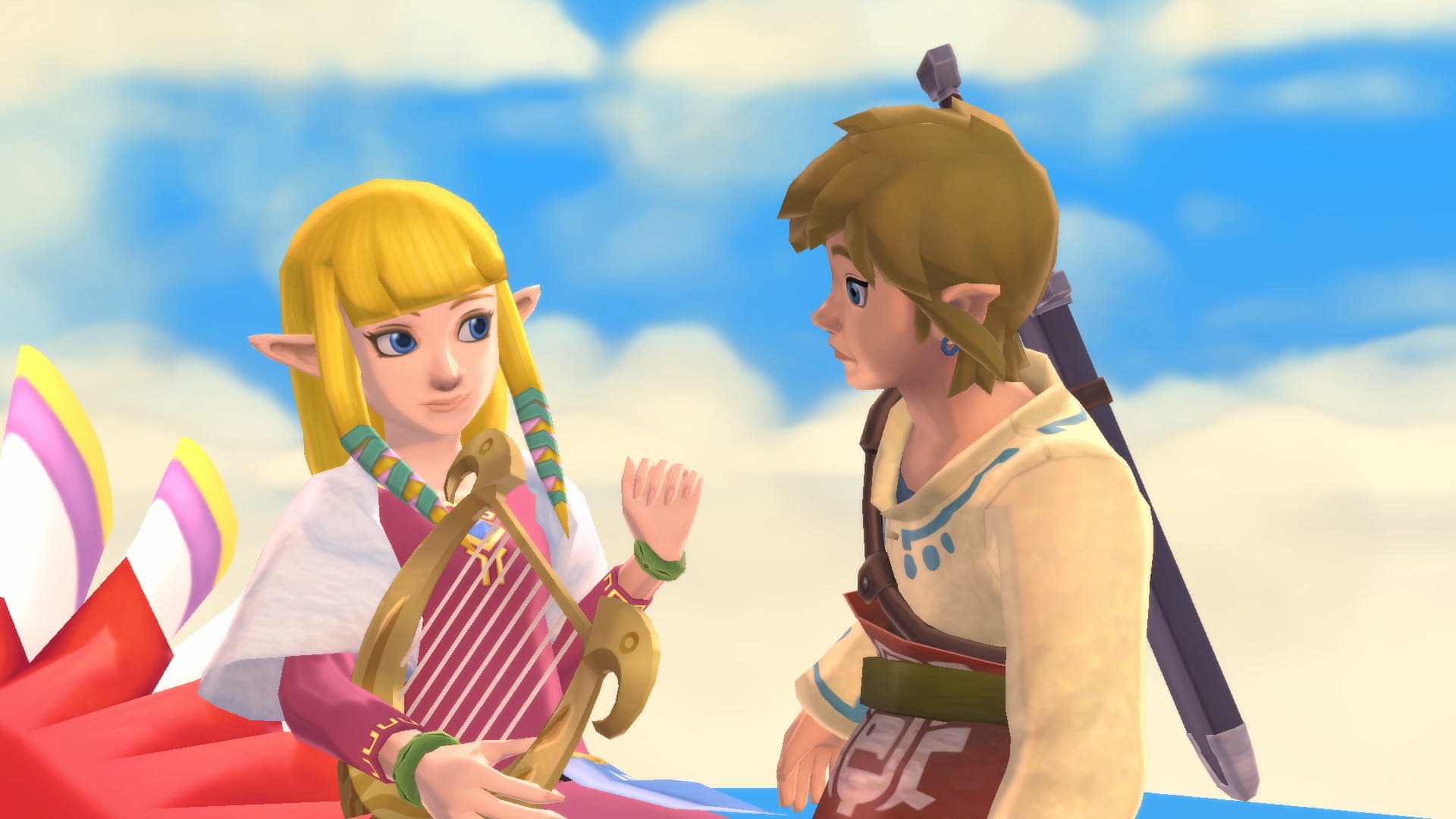
Even a franchise as beloved and consistent as The Legend of Zelda can have blips, and though there haven’t been many of those, the 2011 Wii title Skyward Sword is often looked at somewhat of a black sheep. It’s a game with a lot of merits, and sure, it has its own fans, but Skyward Sword and the reaction to it was what prompted to pivot as hard as they did with Breath of the Wild. Now the series is firmly back on track though, and a new game is in the works as well- but before we get our hands on that, we’re going to get the chance to revisit an older entry when Skyward Sword HD launches for the Switch. Here, we’re going to take a look at some brief details that you should know about the game if you haven’t played the original, and some information about how the Switch release improves on the original Wii version.
CHRONOLOGY
The Legend of Zelda’s chronology is extremely messy. And that’s not just because of the multiple timelines and conflicting details and the muddy placement of some games- on top of all that, Nintendo also changes things on a whim. One of the few constants, however, is the fact that Skyward Sword is the very first game in the series’ chronology. It takes place long, long before The Minish Cap, which is the next game in the timeline, and essentially covers the origins of the never-ending cycle of conflict between Link, Zelda, and Ganon, as well as the creation of the Master Sword.
STORY
In The Legend of Zelda: Skyward Sword, Hyrule does not yet exist, and will not for quite a long time. Long ago, the Demon King Demise destroyed much of the world in his hunt for the Triforce, and even though he was defeated, the land was largely rendered inhospitable. The survivors came to band together and live in an island in the sky called Skyloft, with the Surface world being sealed away behind a thick layer of clouds. In Skyward Sword, Link is a knight in training, who chances upon Fi, the spirit of what later goes on to become the Master Sword, and must head on a quest to save Zelda and Skyloft from a resurgent Demise.
STRUCTURE
The Legend of Zelda as a series had been getting progressively more linear and railroaded with each new entry, and Skyward Sword was perhaps where that was the trues- which was largely why they went with a completely opposite approach in Breath of the Wild. As opposed to Breath of the Wild’s open world, however, Skyward Sword is quite a linear experience. Skyloft and the floating islands surrounding it serve as the hub of the experience, in many ways, but Link is also regularly travelling to the Surface, which has three large overworlds and several dungeons. Of course, the item-based progression of Zelda games is also a crucial part of the experience in Skyward Sword, so series fans who were let down by how differently Breath of the Wild handles progression will find comfort in this older structure.
FLIGHT
Flight is a big part of Skyward Sword, which makes sense, since a big chunk of the game is set on islands floating in the sky above the clouds, while portals spread out throughout the cloud sea lead to different parts of the Surface. Travel between the different floating island and to the portals, meanwhile, is done on the backs of giant birds called Loftwings. In the Wii release of Skyward Sword, Loftwings were controlled exclusively with motion controls, as was so much of the rest of the game itself. Of course, in Skyward Sword HD, while you will have the option of sticking with original motion controls, you will also be able to instead use regular controls for Loftwing traversal.
Speaking of which…
REGULAR CONTROLS
For Nintendo, one of the biggest hooks of Skyward Sword was its focus on motion controls. Sure, they had delayed the launch of Twilight Princes to coincide with the Wii’s release so that they could add motion controls to it, but Skyward Sword was a game that, from the ground-up, was built exclusively with motion controls in mind, with combat and flight in particular putting a great deal of focus on that. In Skyward Sword HD, you will be able to play the game with its original motion controls, but you will also have the option of playing with new, regular controls. Specifically in terms of combat, the transition has been made in quite an interesting fashion. While in the original game you swung your sword simply by swinging the Wiimote, in Skyward Sword HD, you will swing it by flicking the right analog stick in various directions. It remains to be seen exactly how intuitive this will be, but on paper, it definitely seems like a smart way to translate the experience to regular controls.
BETTER MOTION CONTROLS
Of course, if you do choose to play with the original motion controls (which won’t be an option for Switch Lite owners, of course), exactly what should you expect. The implementation of motion controls in the original Skyward Sword was quite good, but it was not spotless, with occasional issues with connectivity and accuracy. With Skyward Sword HD, however, it seems that is being polished up a little. While Nintendo hasn’t shared many specifics, they have said that on the Switch, Skyward Sword has “smoother and more intuitive” controls than it did on the Wii. Given the fact that this is a game that this is a game that lives and dies by its motion controls (or at least used to be on the Wii), that sounds like a pretty important improvement. Here’s hoping it’s actually noticeable in a meaningful way.
PERFORMANCE IMPROVEMENTS
As a remaster, honestly, Skyward Sword HD is looking rather unambitious. That’s not surprising, given Nintendo’s track record with remasters, with are usually more re-releases than anything else. Even so, Skyward Sword will still have at least some technical improvements over the original release. On top of the general visual improvements, however, it also features one crucial upgrade to performance, with the game now running at 60 FPS instead of the original’s 30 frames.
OTHER IMPROVEMENTS
What other improvements can we expect to see in Skyward Sword’s Switch re-release? Nintendo hasn’t been too specific here, but apparently, we can expect “various quality of life enhancements”, which, according to Nintendo, will include “refinements to player tutorials and general guidance throughout the adventure.” Excessive handholding and annoying tutorials are among several issues the game’s critics bring up to this day, so if Nintendo is dialing that back a little in the HD remaster, that’s really good news.
FILE SIZE
Nintendo Switch games aren’t ever terribly heavy in terms of storage requirements, and Skyward Sword HD in particular is a re-release of a nearly decade old game. Unsurprisingly, then, it won’t need an awful amount of free space on your Switch, with its eShop page listing storage requirements as 7.1 GB.
AMIIBO
Chances are, by now you’ve heard about the controversial amiibo that Nintendo is releasing with Skyward Sword HD. But what’s so controversial about an amiibo? Well, with the amiibo, you unlock the ability to travel to the sky from any place on the Surface. If you don’t have the amiibo, however, you’ll only be able to travel to the sky from specific points on the Surface, just like the original game. That’s a pretty useful ability to lock behind an additional purchase. It doesn’t help that the Zelda and Loftwing amiibo $24.99 instead of the $15.99 amiibos usually cost.








